Seminars with external speakers will be once or twice a month. On other weeks, seminars are held by the internal AMGC researchers, students, and guests.
For more information, contact Pieter Rodts, Sybrien Lievens, or Maxwell Thiemens.
PROGRAM 2024-2025
THURSDAY 13 February 2025, 3 PM CET
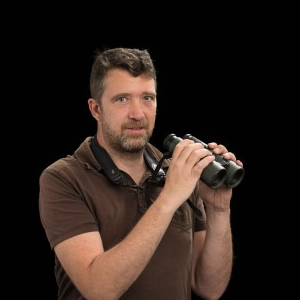
Kelle Moreau
Science communicator of the Royal Belgian Institute of Natural Sciences
Science that is not communicated has not happened. The why and how of science communication
Kelle Moreau is biologist and science communicator at the Royal Belgian Institue for Natural Sciences. He is enthusiastic about talking with us on how to translate scientific research in the broad field of Earth Studies to a broader, non-specialist audience.
THURSDAY 27 February 2025, 1 PM CET - INTERNAL AMGC SEMINAR
Dr. Maxwell Thiemens(1) | Pieter Rodts(2) | Sybrien Lievens(3)
1. Senior postdoctoral researcher AMGC-VUB
2. Doctoral researcher AMGC-VUB, Innoviris mandate
3. Doctoral researcher AMGC-VUB, OZR4347 mandate
Ongoing research in AMGC
Today’s seminar dives into the exciting research of our 2025 seminar team! From environmental chemistry (e.g. microplastics) to archaeology (e.g. human-animal relations in the Sonian Forest) and planetology, discover what their work is about on 27/02! 🧪🌍🏺
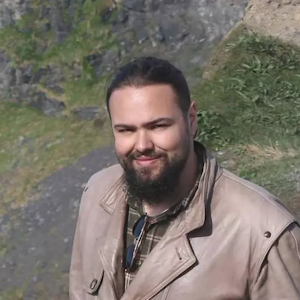
Maxwell Thiemens will give an overview of his research, and what “planetology” is.
One of the key questions in that field regard the origins of water in the Earth-Moon system, particularly with the need for water resources in the race to establish lunar bases. The candidate origins of lunar water are an indigenous lunar component, solar wind water production, and the delivery of meteoritic and cometary material. Characterizing the oxygen isotopic composition of water provides information on lunar oxygen sources. In our recent study, we used an exciting technique to determine where this water might be coming from, by analyzing a suite of samples from the Apollo mission. Excitingly, this found the first measurements of cometary water.
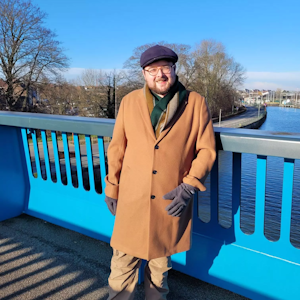
Pieter Rodts will give an overview of his research on human-animal interactions in the Sonian forest.
The landscapes we move through today are shaped by long histories of human-animal interactions. Paths, earthen walls, clearings, and other forms of infrastructure often emerge not solely from human intention, but through the entangled movements, behaviours, and needs of multiple species. In this lecture, Pieter Rodts, PhD candidate in art science and archaeology, will introduce his ongoing doctoral research on the Sonian Forest, exploring how past human-animal relations have left material traces that continue to influence the landscape and the experience of the forest today. By studying these material traces, we can not only reconstruct the past multispecies ‘conversations’ that shaped these infrastructures, but also rethink the role of humans, animals, and (old) infrastructure in the Sonian Forest today, shaping a new understanding of and interaction with the landscape that fosters a more sustainable engagement with the rich biodiversity of Sonian.
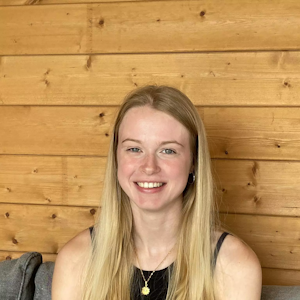
Sybrien Lievens will give an overview of her research on "Hg-analysis" and microplastic characterization techniques.
Understanding Hg cycling is crucial, as its bioavailability and toxicity depend on its speciation, yet highly complex due to interactions with other environmental accumulators like microplastics (MPs, 1 μm to 5 mm in size). These MPs, pervasive pollutants in aquatic ecosystems, undergo aging and biofilm formation which alter their surface properties and pollutant interactions. However, the potential role of MPs in driving Hg transformations and transportation remains unexplored. Through a combination of in situ and controlled laboratory experiments, Sybrien integrates advanced Hg analysis ((GC-)CVAFS,
(CT-)GC-ICP-MS) and MP characterization techniques (FTIR, SEM) to: 1) assess the freshwater pollution state of MPs and Hg species, 2) simulate environmental aging to evaluate their effects on Hg interactions, 3) determine to what extent the biofilm influences Hg transformations and its possible amplification by abiotic factors (light and aging) and 4) apply a mass balance approach to contextualize MP-Hg dynamics in the Scheldt estuary. She will give an overview of the current experiments and data of this new project.
TUESDAY 4 March 2025, 1 PM CET
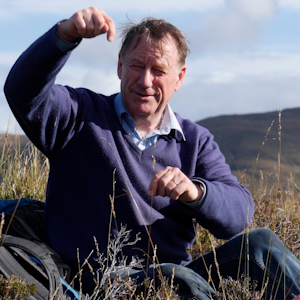
Em. Prof. Dr. Tim Ingold
Professor Emeritus of Social Anthropology, University of Aberdeen
The stone in my pocket: towards a science of correspondence
This talk begins with a flint stone in the author’s collection, in which is embedded the fossil of a scallop shell. Wrapped up in the stone are stories of earth formation, marine life, climate change and agriculture. But what of the biography of the author-collector? According to mainstream science, the book of nature was closed long before people arrived to read it. It is for science to dig down, to retrieve nature’s secrets. But this also means bringing up what is found there. What nature deposits, science extracts. The author’s stone, with its fossil, was not however dug up. It rose to the surface in the turn of a ground formed where the earth meets the sky, in the cycle of organic growth and atmospheric erosion. To walk this ground is to interpolate one’s own life into the cycle, and to experience nature in its original sense – not as a closed book but as a power of renewal. Here, humans and other-than-humans carry on their lives together, responding to one another as they go. Might we find in this correspondence the germs of a new science?
THURSDAY 27 March 2025, 4 PM CET
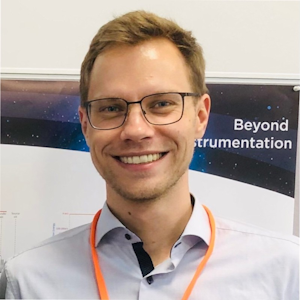
Dr. Stefan Wagner
Chair of General and Analytical Chemistry, Montanuniversität Leoben (Austria)
Tracing the labile: Advancing diffusion spectrometry via DGT and ICP-MS to assess solute dynamics across scales and disciplines
Solutes are crucial in biogeochemical and technological processes, yet their dynamic behavior is often hard to capture due to their labile nature. Historically, the lack of suitable methods to assess the dynamic spatial and temporal variations of labile solute species in situ has limited our understanding. Diffusion spectrometry – combining Diffusive Gradients in Thin films (DGT) with advanced ICP-MS techniques – is transforming solute analysis. This method provides high-resolution, multi-element, and isotopic insights into solute fluxes, even at ultra-trace levels.
This presentation will showcase key advances in diffusion spectrometry through three case studies. First, a novel DGT-MC-ICP-MS approach enables simultaneous quantification of labile strontium (Sr) and lead (Pb) concentrations and isotope ratios in natural waters, offering fresh perspectives on their mobility and bioavailability in aquatic and terrestrial systems. Next, the application of DGT with LA-ICP-MS reveals localized metal ion dynamics in corrosion processes, advancing our understanding of material degradation. Finally, the development of diffusion spectrometry as an innovative diagnostic tool for medical applications will be presented. Specifically, skin patches based on selective DGT binding layers have been designed to determine a range of trace element solutes and copper (Cu) isotope ratios in sweat on human skin. This non-invasive approach potentially opens new ways towards early disease detection in personalized medicine.
WEDNESDAY 2 April 2025, 1 PM CET
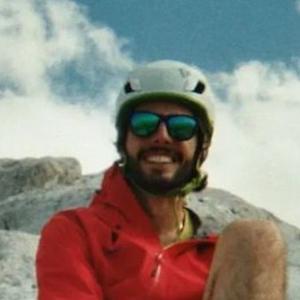
Matteo Rossi
PhD candidate at University of Rome "Tor Vergata"
Matteo Rossi is a PhD candidate in Heritage Science at the University of Rome "Tor Vergata." In this talk, he presents his ongoing doctoral research (LuLAROCK PhD project) on the rock-cut landscape in the Monti Lucretili area (Lazio, Italy). The study combines methods and tools from landscape archaeology, digital archaeology, and participatory archaeology to investigate the multidimensionality of this unique cultural landscape in central Italy. Rock-cut architecture is explored as a tangible expression of the interaction between man and the natural environment—an excavated and constructed heritage shaped by practical, cultural, and economic needs that continue to define the identity of the Monti Lucretili micro-region.
FRIDAY 4 April 2025, (time TBD)
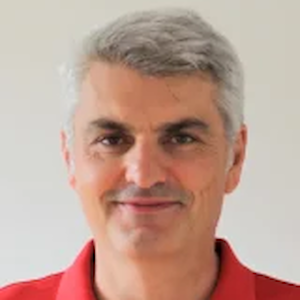
Prof. Dr. Ivan Kourtchev
Associate Professor in Environmental Analytical Chemistry at Coventry University, UK.
Unseen but Ubiquitous: The Overlooked Atmospheric Pathways of Emerging Contaminants
Emerging contaminants (ECs), including industrial chemicals and pharmaceuticals, are a growing concern due to their persistence and potential impacts on human health. Per- and polyfluoroalkyl substances (PFAS), a subset of ECs known as "forever chemicals," have dominated headlines for their widespread contamination, yet their presence in the atmosphere remains largely overlooked. Our study in the Amazon rainforest provided the first evidence of PFAS in a pristine environment, raising new questions about their transport through the air and sources of emissions.
This talk examines the overlooked role of the atmosphere in EC distribution, using case studies from their observation in Amazon to industrial processes that contribute to their airborne transport. These findings challenge conventional views on pollution pathways and emphasise the need for integrated air and water monitoring.
THURSDAY 24 April 2025
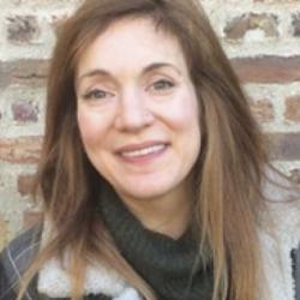
Prof. Dr. Helen Williams
Professor of Geochemistry and Planetary Science at the University of Cambridge
From Hard Rock to Heavy Metal - how high-mass metal stable isotopes are helping us understand the Earth’s mantle
The silicate mantles of terrestrial planets constitute the vast proportion of their mass and govern the chemical and geodynamic evolution of these bodies. Understanding the physical and chemical interplay between the solid Earth’s main chemical reservoirs - mantle, crust and core - is a fascinating subject that has challenged geochemists for decades. In this talk, I will discuss how the development of a vast spectrum of high mass (> 20 amu) stable isotope systems has contributed to the field of mantle geochemistry over the last decade and the new opportunities and challenges that the application of these tracers has provided, with a particular focus on rocks formed in the first billion years of Earth’s history and modern mantle plumes.
THURSDAY 15 May 2025, 4 PM CET
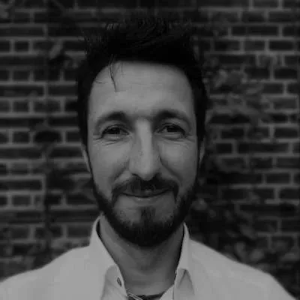
Dr. Maikel Kuijpers
Materials we live by. How an interest in Bronze Age metalworking skills led to writing a popular history book on the materials that make us.
The year 2020 marks a remarkable transition. It is the year in which our environment officially turned grey. Materials now exceed the weight of all living biomass on earth: an unimaginable total of 1154 gigatons. Nearly half of this is concrete. The other half is largely made up out of aggregates, bricks, metals, asphalt, glass, plastics, wood, and thousands of other materials. All made by a particular animal that accounts for an insignificant 0.01 percent of the total 1120 gigatons biomass on this planet: humans.
Archaeologists have no problem recognising the importance of materials in the past. Entire epochs are named after them: Stone Age, Bronze Age, Iron Age. But something changes, supposedly when ‘history’ begins. There is no Concrete Age that follows the Iron Age, despite that the Roman Empire could not have been built without concrete. And it’s worse for modern history. What are the defining materials of our time?
Materials are the building blocks of our society but we have hardly begun to acknowledge the extent to which this statement rings true. What happens when we do? How will we see ourselves when we take a less anthropocentric look at humanity and give a little more due to the materials that make us?
THURSDAY 22 May 2025, 4PM CET - Room 10F
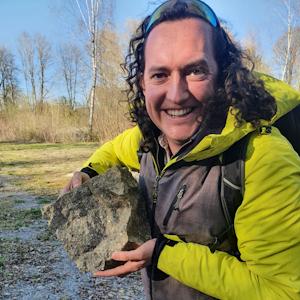
Dr. Luke Daly
Reader in Planetary Geoscience in the School of Geographical and Earth Scienes at the University of Glasgow
Why does it always rain on me?
Water water everywhere but not a drop to drink, as true for the ancient mariner as the modern Astronought. Water is a prerequisite for life on Earth and likely a key ingredient for the emergence of life on other planets in our Galaxy. However, Earth was not always a water world. In this talk we will explore why the Earth likely formed dry and how it changed into the habitable Blue Planet we have today through a series of special extraterrestrial deliveries of water, from the very big to the very small.
Dr. Luke Daly is a Reader in Planetary Geoscience in the School of Geographical and Earth Sciences at the University of Glasgow. He studies the very small to understand the very big by tearing extraterrestrial rocks apart one atom at a time to learn how our Solar System formed, how asteroids evolve and how habitable worlds are made. He was part of the science team for the Japanese Space Agency's Hayabusa2 mission to bring back rocky soil particles from asteroid Ryugu. He is also the Treasurer of the UK Fireball Alliance that successfully recovered the Winchcombe meteorite in 2021 - The first meteorite fall recovered in the UK for 30 years.
THURSDAY 5 June 2025, 4PM CET - Room 10G
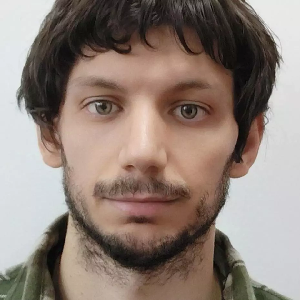
Dr. Samuele Boschi
Postdoctoral researcher at AMGC, Vrije Universiteit Brussel
Examining Earth’s History from an Astronomical Prospective through Extraterrestrial Flux in Sediments
I will introduce my academic background and previous research experience, focusing on my PhD and postdoctoral work aimed at reconstructing changes in the flux of extraterrestrial material over time. This was achieved through the study of extraterrestrial chrome-spinel grains, iridium anomalies, and impact spherules preserved in sedimentary records. I will also present methods for extracting spinel grains from limestone and discuss recent research involving petrographic and isotopic (K, Mg) analyses of extraterrestrial materials. These studies contribute to a deeper understanding of Earth’s interaction with cosmic events and provide new insights into the evolution of the solar system.
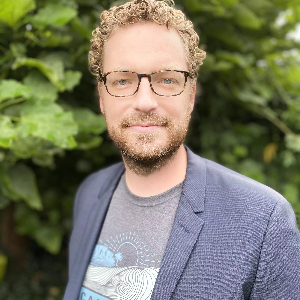
Prof. Dr. Steven Goderis
Research Professor at AMGC, Vrije Universiteit Brussel
On the experience and utility of meteorite hunting in Antarctica
Antarctica is Earth’s most prolific source of meteorites, with its cold, stable environment and ice-flow dynamics concentrating them in accessible blue ice fields. Over several field seasons, I have participated in international meteorite recovery expeditions to collect these extraterrestrial samples from some of the most remote regions on the continent. Our teams operate in extreme conditions: high altitudes, sub-zero temperatures, and total field isolation. Working from tent-based camps, we traverse the ice by snowmobile, identifying and recovering meteorites ranging from tiny fragments to multi-kilogram specimens. A highlight from our 2022-2023 expedition was the discovery of a 7.6 kg meteorite—one of the largest found in Antarctica in recent decades. Each specimen is carefully documented, preserved, and later analyzed using advanced laboratory techniques including isotope geochemistry, microscopy, and noble gas analysis. These meteorites provide direct insight into the formation and evolution of the solar system, planetary differentiation, and even the prehistory of our solar nebula. This talk will summarize the logistical and scientific aspects of these expeditions, emphasizing the most recent trip. Beyond the sheer scientific value, meteorite hunting in Antarctica remains a unique and deeply rewarding blend of polar fieldwork, space science, and exploration.
TUESDAY 17 June 2025, 1 PM CET, 10F

Yiqi Su
PhD researcher in Environmental Biochemistry at AMGC, VUB
AhR- and ER-CALUX Bioassays for Environmental Monitoring of Polycyclic Aromatic Compounds and Xenoestrogens
In this seminar, I will present my research on two groups of emerging environmental pollutants: polycyclic aromatic compounds (PACs) and xenoestrogens (XEs). These chemicals are of concern because they can stay in the environment for a long time, build up in living organisms, and potentially harm both ecosystems and human health. Despite their risks, they are still not well studied, monitored, or regulated. My work focuses on how we can better detect and understand the effects of these pollutants, especially when they appear together in complex mixtures. To do this, I used a cell-based biological method known as the CALUX (Chemically Activated Luciferase gene eXpression) bioassay. It measures the activity of chemicals through two key biological pathways: (1) Aryl hydrocarbon Receptor (AhR), which responds to chemicals like PACs, and (2) the Estrogen Receptor (ER), which targets the hormonal-active compounds like XEs. In this seminar, I will share the results from my doctoral research on the development, validation, and application of these methods in environmental monitoring.
TUESDAY 05 August 2025, 4 PM CET, Room 10G
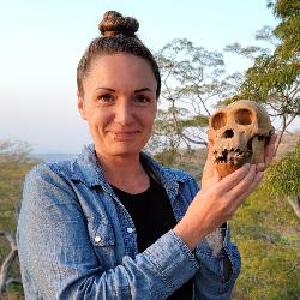
Dr. Vicky Oelze
Associate Professor at UC Santa Cruz
A new African strontium isoscape and it’s utility in the archeology of the slave trade and beyond
Although the transatlantic slave trade (15th and 19th centuries) is well documented as the largest forced migration event known in human history, archeologists and historians have struggled to identify the actual geographic origins of victims of the slave trade whose mortal remains found their final resting place in the African Diaspora. While isotopic evidence obtained from these ancestors has the potential to identify individuals who were native to the African continent, the development of African isotope landscapes (isoscapes) finally enables the assessments of their individual regional origins in Africa. We recently developed a strontium isoscape for sub-Saharan Africa, through extensive collaborations, 10 years of on-the-ground sampling, and a random forest modeling approach. This novel isoscape allow us to better interpret published and novel isotope data obtained from ancestral remains in the African Diaspora, enabling us to return at least some information regarding these ancestor’s most likely origins, cultural identify and heritage to descendant communities and/or communities of care. Returning from several outreach events for and with the afrodescendant community in Portugal, I will report how community outreach informed by archeological science can empower these very communities.
